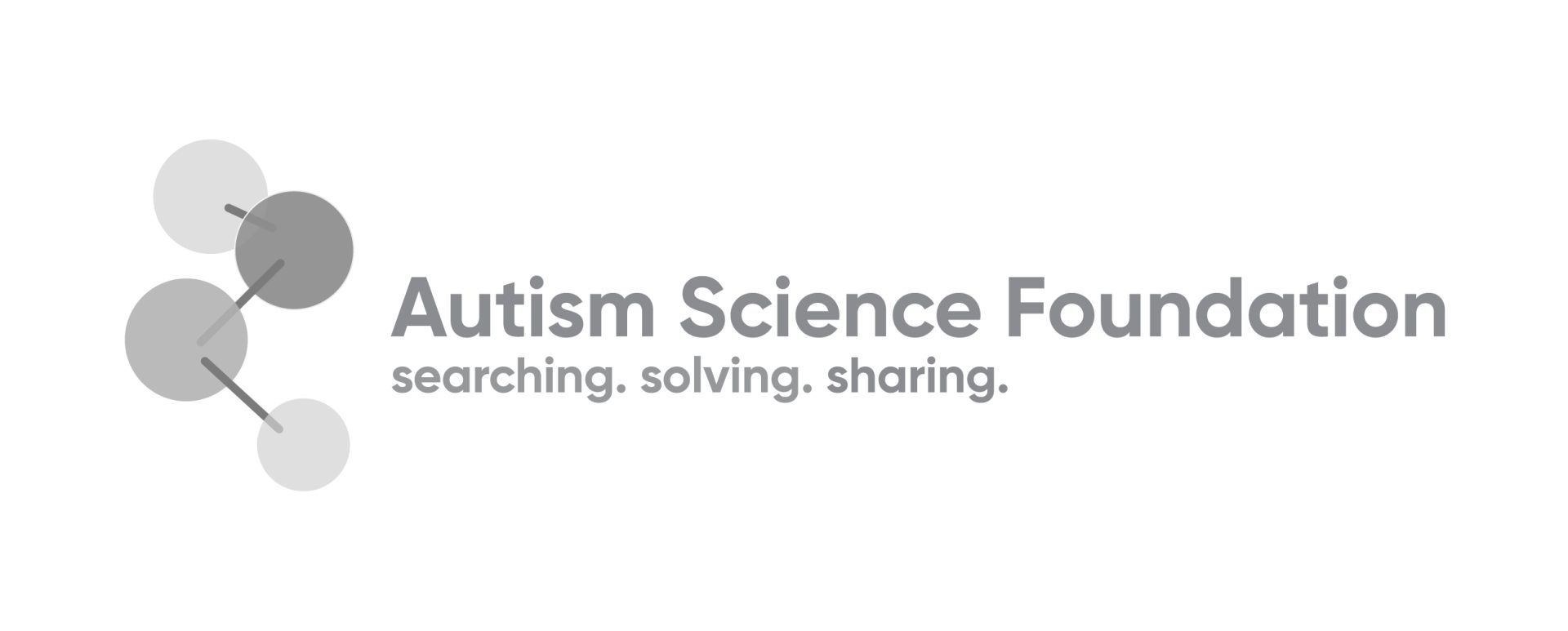Parents have choices of dozens of different autism interventions, available in private and public settings. A new study explores factors which influence parents decisions on different interventions, how they are similar to each other and different. They include cognitive ability of their kids with ASD and economic resources. Parents in the US may have similarities in how they obtain interventions, but they are also similar in how they identify autism signs in their preschool kids, and these similarities are seen across the world. In a new study of over 19,000 preschoolers with autism, some similarities are seen in parent reported symptoms of ASD across 24 different countries. This is pretty remarkable given societal, geographical, and cultural issues. But it’s not all harmony and unity – there were lots of differences between parents and teachers which can have enormous impact on how autism is diagnosed worldwide. Listen to the podcast here.
Don’t be fooled, not all the studies on this week’s podcast focus on the DSM5. But the first one, a review of a meta analysis and review of the dozens of publications that have emerged in the past 5 years around the DSM5 leads us off. There are some people that weren’t captured by either DSM5 or Social Communication Disorder that need a diagnosis, and that should be the focus of future research. A new topic of diagnosis is also explored by a large collaboration is addressed: diagnosis in cousins. They do show a higher probability of an autism diagnosis, but not as high as first degree siblings. Finally, a new tool called JAKE in monitoring treatment effectiveness is presented. This could be used not just in the clinic but at home. It includes monitoring of biological and behavioral features, and might be the next big thing in outcomes for treatment studies. Listen to the podcast here.
On this week’s podcast, diagnosis with the DSM 5. While much work needs to be done to include individual abilities and disabilities into the DSM5, after the CDC prevalence numbers were published last month, it became clear the old DSM IV was not working. In a replication of a previous finding, it showed that the DSM IV categories of Aspergers, PDDNOS and autistic disorder were just not being used consistently across states, and left the interpretation of those diagnoses somewhat meaningless. While DSM 5 is a step in the right direction, more work needs to be done to ensure everyone is receiving the most specific diagnosis possible, and getting the services they need. Listen to the podcast here.

